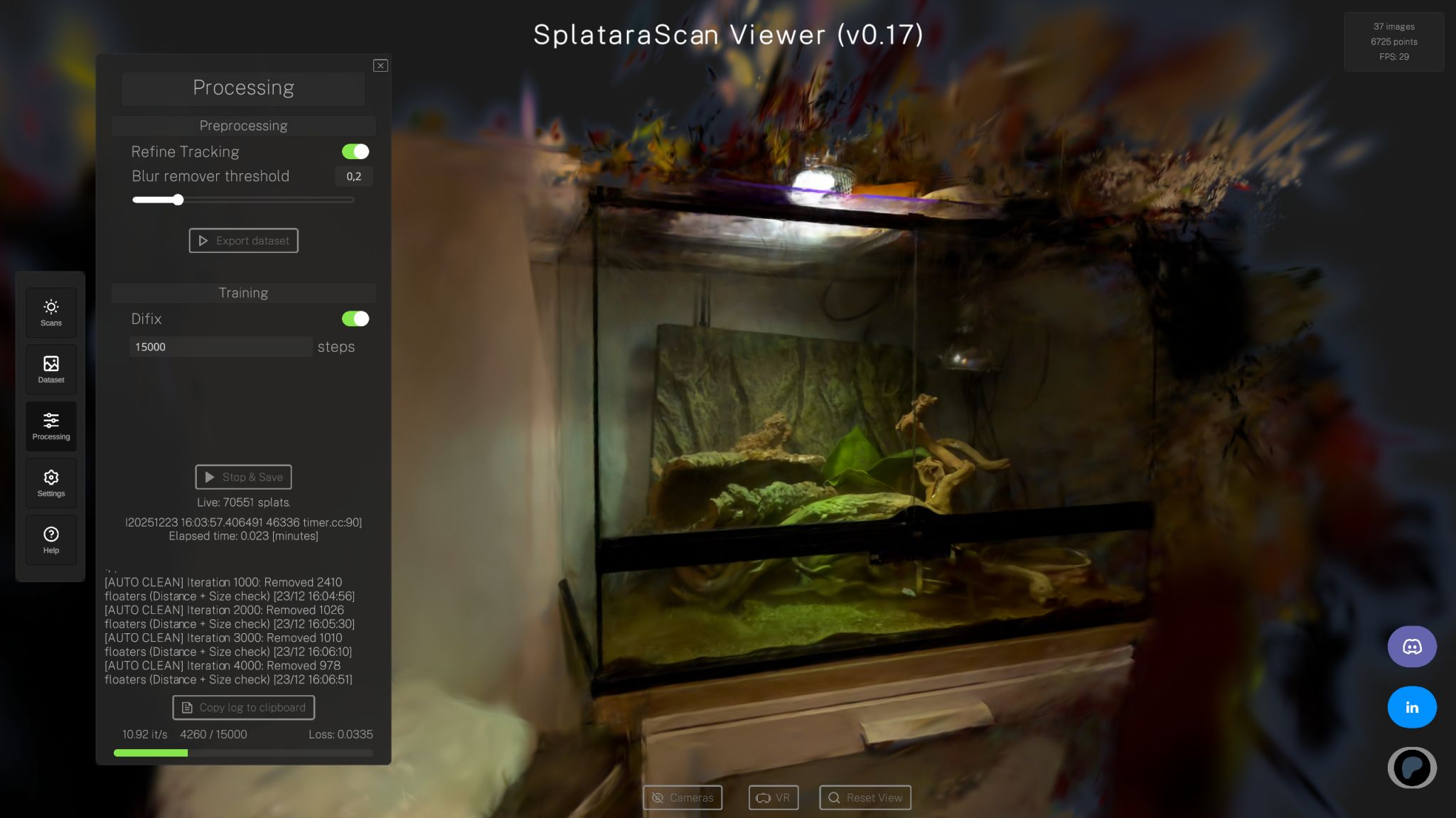
Michael Rubloff
Jul 3, 2023
By traditional means, the storage sizes of the NeRF do not appear to be huge, like some new datasets, but they do have wider implications. For instance, the current sizes hamper the speed of NeRFs in both training and rendering.
Naturally then it makes sense to try and solve for this bottleneck and so far the main approach has been voxel-based. This solves a lot of potential problems by efficiently reducing the time required for convergence and inference, but it leads to larger storage sizes.
Binary Radiance Fields (BiRF) utilizes binarization to encodes local features using binary encoding parameters in a format of either +1 or −1, which in turn greatly compresses the NeRF file, while still achieving higher PSNR scores than industry leaders such as Instant NGP.
By how much though? Well take a look:

In my opinion, despite what the PSNR says, I still prefer Instant-NGP's representation, but I don't think there is any debating the success of BiRF's compression method. It quite frankly trounces the other methods and it's not even close. Coupling that with the fidelity that's achieved, is yet another success for this method and I will be curious to see if any researchers pick this up to improve upon.
"Ours-F1 requires only within 0.8 MB. While baseline approaches require large storage space to achieve high performance, all our models are sufficient to exceed them by less than 6 MB. In particular, Ours-F2 outperforms the reconstruction quality of almost baselines with a much smaller storage size of within 1.5 MB. It takes 6.1 min to accomplish this without any temporal burden to train our model in a compact manner. Although our small models are enough to accomplish outstanding performance, we adopt larger models to attain higher quality.
As a result, both Ours-F4 and Ours-F8 jump to excessive reconstruction quality, outperforming state-of-the-art models. Accordingly, the results indicate that our model contains the most storage-efficient data structure for radiance field representation, which also does not require much computational cost."
With these tiny storage sizes, dynamic NeRFs start to appear more feasible as the footprint of individual NeRFs will be able to be greatly increased.
We'll have to wait and see if Binary Radiance Fields are adopted by the industry at large, but on its face, it appears to greatly compress file size and enable more possibilities.







